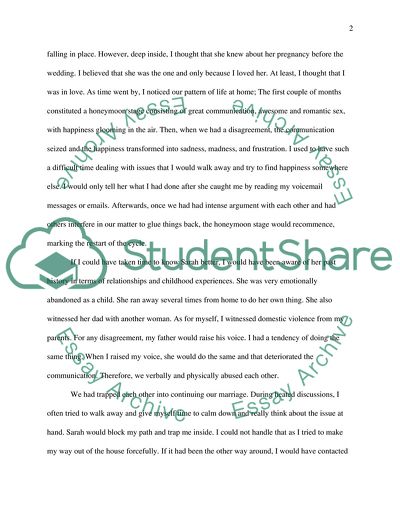Confusing Love with Obsession Assignment Example | Topics and Well Written Essays - 1500 words. https://studentshare.org/literature/1828751-confusing-love-with-obsession
Confusing Love With Obsession Assignment Example | Topics and Well Written Essays - 1500 Words. https://studentshare.org/literature/1828751-confusing-love-with-obsession.


